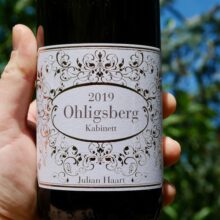
Product information
Julian Haart Wintrich Ohligsberg Kabinett ‘Alte Reben’ Riesling 2019
$185
Description
“Full of smoke and wild herbs, this is so succulent, but even more vibrant, with an unbelievably long and intense, crystalline finish for this “light” wine category. Drink or hold.”
*highest rated Kabinett of the vintage*
Stuart Pigott, James Suckling
8.5% Alcohol
Out of stock
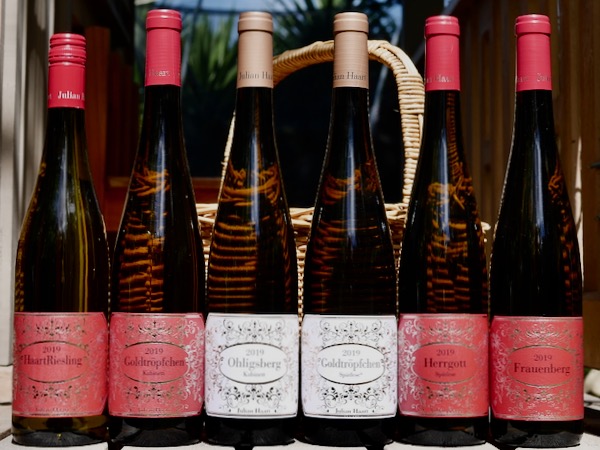
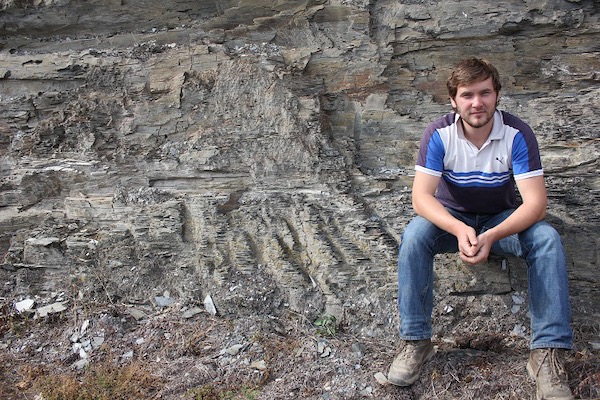
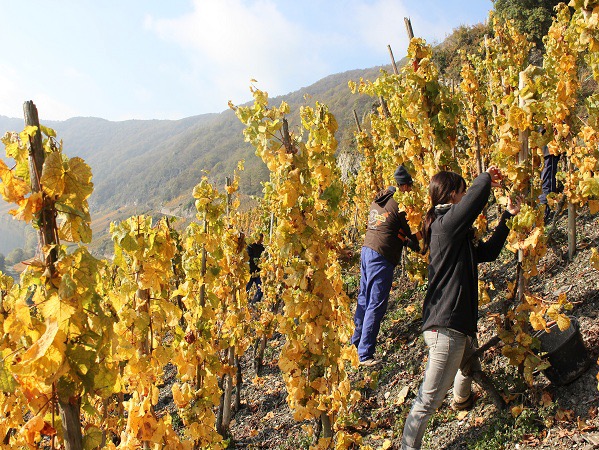



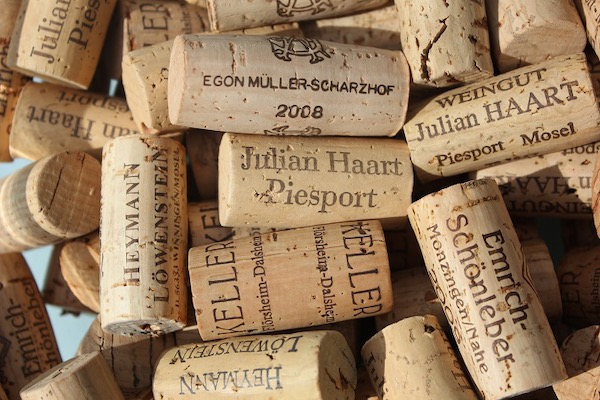
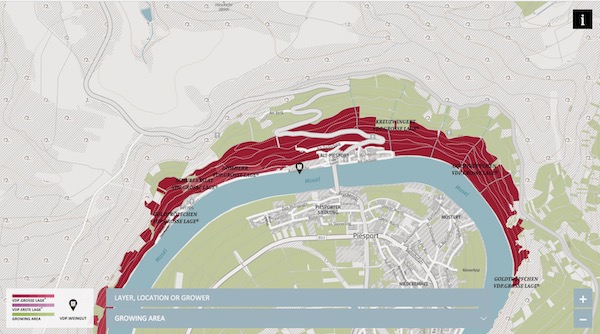
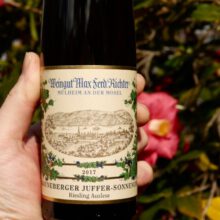

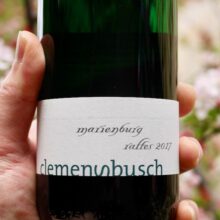
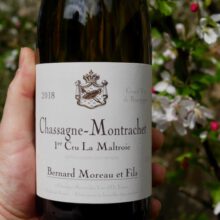
You must be logged in to post a comment.